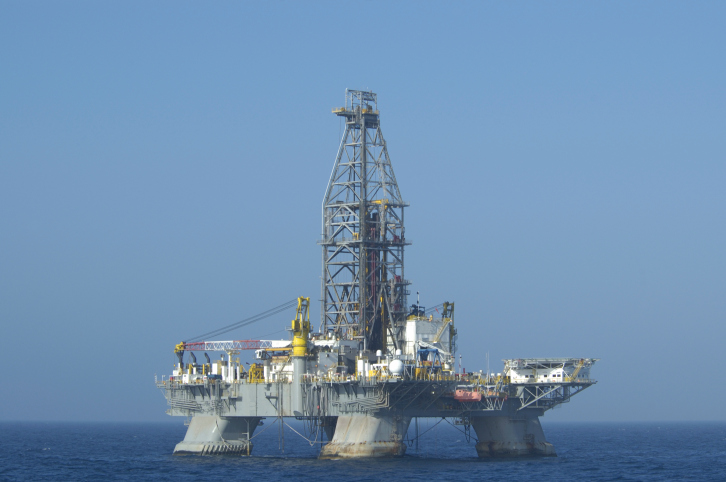Energy
Chevron Gulf of Mexico Platform Delayed by Sinking Connectors
Published:
Last Updated:

The tendons are steel tubes that attach the platform to the seabed and, until they are connected, are held in place by buoys. Chevron said only that the tendons lost buoyancy and that the platform was not connected to any subsea wells or legs at the time. There were no injuries and no oil was released into the Gulf.
Big Foot was scheduled to go online later this year, but the project has now been delayed indefinitely, according to a report in the Financial Times. When fully operational, the platform is expected to produce about 75,000 barrels of oil and 25 million cubic feet of natural gas per day.
The Big Foot project was green-lighted in 2010 and the company said it expected the project to cost $4 billion. The project was a year behind the original schedule before the weekend’s problems occurred. Potentially recoverable oil-equivalent resources for the field have been estimated to exceed 200 million barrels.
Chevron produced a total of 2.57 million oil-equivalent barrels in 2014 and is counting on the Big Foot project to help it reach its production goal of 3.1 million barrels a day in 2017.
ALSO READ: RBC’s 5 Top Driller and Oilfield Services Stocks to Buy
The last few years made people forget how much banks and CD’s can pay. Meanwhile, interest rates have spiked and many can afford to pay you much more, but most are keeping yields low and hoping you won’t notice.
But there is good news. To win qualified customers, some accounts are paying almost 10x the national average! That’s an incredible way to keep your money safe and earn more at the same time. Our top pick for high yield savings accounts includes other benefits as well. You can earn up to 3.80% with a Checking & Savings Account today Sign up and get up to $300 with direct deposit. No account fees. FDIC Insured.
Click here to see how much more you could be earning on your savings today. It takes just a few minutes to open an account to make your money work for you.
Thank you for reading! Have some feedback for us?
Contact the 24/7 Wall St. editorial team.